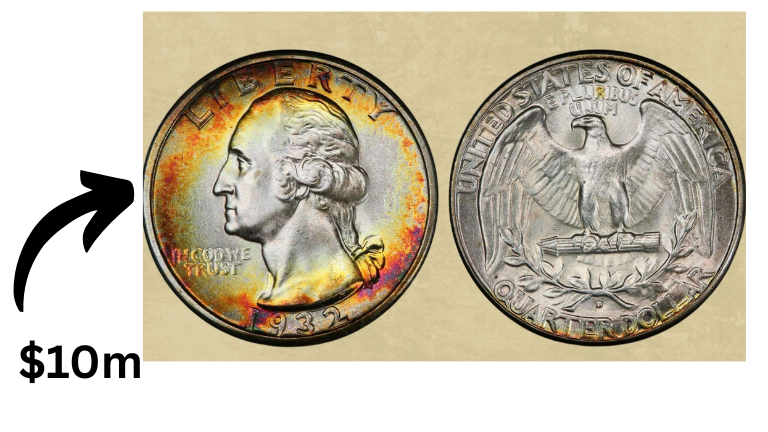Imagine finding a penny in your pocket worth more than your car — or even your house. Sounds crazy, right? But that’s the buzz around the legendary Lincoln Wheat Penny, one of the most iconic and collectible coins in American history.
The Penny That Made History
Before 1909, most U.S. coins featured symbols like Lady Liberty or eagles. But that all changed when the U.S. Mint released the first coin to feature a real person: President Abraham Lincoln, to celebrate his 100th birthday. The coin’s design — Lincoln’s profile on the front and two wheat stalks on the back — was created by Victor David Brenner and quickly became a classic.
This simple yet meaningful design ran for nearly 50 years and is now one of the most recognizable coins in American coin collecting.
Is There Really a $1.5 Billion Penny?
Let’s clear the air: No Lincoln Wheat Penny has actually sold for $1.5 billion. But the rumor lives on, and here’s why.
Some extremely rare versions of this coin have sold for huge amounts. The most famous? A 1943 Lincoln Wheat Penny made of copper — which wasn’t supposed to exist — sold for a whopping $1.7 million. While the idea of a $1.5 billion penny is more myth than fact, collectors agree that if the perfect, ultra-rare specimen ever turned up, it could shatter records.
The 1943 Copper Penny: A Mistake That Made Millions
During World War II, the U.S. needed copper for ammunition and other wartime materials. So in 1943, pennies were made with zinc-coated steel instead of copper. But a few leftover copper blanks from 1942 accidentally got used — and were stamped with the 1943 date.
Only about 15 to 20 of these copper 1943 pennies are known to exist. That tiny mistake turned them into one of the most valuable coins ever created.
How to Tell if You Have a Rare Penny
Think you’ve struck gold (or copper)? Here are a few ways to tell if your penny could be rare:
- Check the date: Look for the 1943 copper penny, the 1909-S VDB, the 1914-D, or the 1922 “no D” mint mark.
- Try the magnet test: Steel pennies will stick to a magnet — copper ones won’t.
- Weigh it: Copper pennies weigh about 3.11 grams, while steel ones are lighter at 2.7 grams.
- Inspect the condition: A cleaner, well-preserved penny is worth more than a beat-up one.
Treasure Might Be Closer Than You Think
What’s amazing is that valuable Lincoln Wheat Pennies are still out there — tucked away in old jars, forgotten coin albums, or even hiding in your change jar. That’s what keeps collectors searching and dreaming. People still go to the bank, buy rolls of pennies, and search them one by one in hopes of finding a treasure.
Not Just a Coin — An Investment with a Story
Even if your penny isn’t worth millions, many Lincoln Wheat Pennies do go up in value over time — especially rare ones in good shape. They make great collectibles, and unlike stocks or crypto, each coin tells a piece of American history.
Get It Verified by the Experts
If you think you’ve found something special, don’t leave it to chance. Have your coin checked by pros like the Professional Coin Grading Service (PCGS) or the Numismatic Guaranty Corporation (NGC). They can grade and certify your coin, which not only gives you peace of mind but also helps you sell it if you ever decide to cash in.
Final Thoughts
The Lincoln Wheat Penny is more than just old spare change — it’s a link to America’s past and a potential ticket to a surprising fortune. So next time you get a penny in your change, take a closer look — you never know what hidden gem might be staring back at you.
